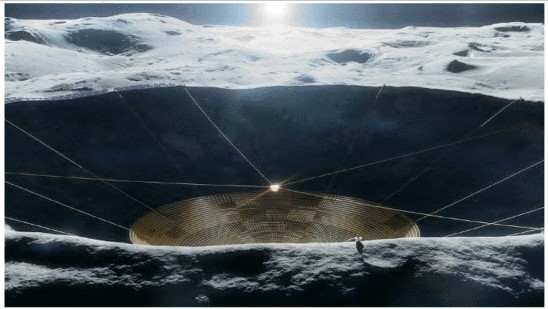IEEE referencing
These instructions for referencing tables and figures are primarily for students completing assignments at Curtin University. They are not intended for those who are publishing their work and making it publicly available (e.g. PhD thesis, journal article, blog, webpage, YouTube video etc.). When publishing and making your work publicly available, written permission to reproduce tables and figures must be obtained from the copyright holder. More information is available from Copyright at Curtin.
What are tables and figures?
- Tables are numerical values or text displayed in rows and columns.
- Figures include all types of illustrations or images (chart, map, graph, photograph, drawing etc.) other than a table.
See below for referencing examples for tables and figures.
Adapting or reproducing a published table
When you are adapting (altering from the original) or reproducing (directly copying) a table from another source in your work.
Above the table:
- Write TABLE followed by the number, in bold. For example TABLE 1. If you have more than one table in your assignment, number them sequentially in the order that they appear.
- Give each table an explanatory title. This title should be written with headline style capitalisation (where each significant word is capitalised), and have no full stop.
- Include the source citation number in square brackets after the title of the table.
Reference list:
- Include an entry for the source of the table (journal article, book, website, etc.) in the reference list. Follow the instructions in the IEEE referencing guide.LINK
- You may need to include a list of the table and figures used in your assignment along with your referencing list. Ask your lecturer or tutor if this is required.
In text:
- In the text of your assignment, you can either refer to the table by its number, e.g. as seen in Table 1, or by its citation number, in square brackets, as you would any other source.
Example:
TABLE 1 Radio frequency gain (measured in dbi) with reduced mesh spacing for 1km diameter reflector [15]
| 3 MHz | 6 MHz | 10 MHz | 20 MHz | 30 MHz | |
|---|---|---|---|---|---|
| Ideal reflector | 28.7 | 34.7 | 39.2 | 45.2 | 48.7 |
| Gap of 1m | 28.7 | 34.6 | 38.7 | 43.6 | 45.7 |
| Gap of 2m | 28.5 | 34.0 | 37.3 | 40.1 | 40.9 |
Adapting or reproducing a published figure
When you are adapting (altering from the original) or reproducing (directly copying) a figure from another source in your work.
Below the figure:
- Write Fig. followed by the number in bold. For example, Fig. 1. If you have more than one figure in your assignment, number them sequentially in the order that they appear.
- Give each figure a caption briefly explaining what it is depicting.
- Include the source citation number in square brackets after the caption.
Reference list:
- Include an entry for the source of the figure (journal article, book, website, etc.) in the reference list. Follow the instructions in the IEEE referencing guide.
- You may need to include a list of the table and figures used in your assignment along with your referencing list. Ask your lecturer or tutor if this is required.
In text:
- In the text of your assignment, you can either refer to the figure by its number, e.g. as seen in Fig. 1, or by its citation number, in square brackets, as you would any other source.
Example:

Fig. 1 Concept art of a Lunar Crater Radio Telescope (LCRT) on the far side of the moon [15]
Using your own table
Above the table:
- Write TABLE followed by the number, in bold. For example TABLE 2. If you have more than one table in your assignment, number them sequentially in the order that they appear.
- Give each table an explanatory title. This title should be written with headline style capitalisation (where each significant word is capitalised), and have no full stop.
- No citation number is required.
Reference list:
- No reference list entry is required as you are reporting your own research.
In text
- In the text of your assignment, refer to the table by its number, such as as seen in table 2.
Using your own figure
Below the figure:
- Write Fig. followed by the number in bold. For example, Fig. 2. If you have more than one figure in your assignment, number them sequentially in the order that they appear.
- Give each figure a caption briefly explaining what it is depicting.
Reference list:
- No reference list entry is required as you are reporting your own research.
In text
- In the text of your assignment, refer to the figure by its number, such as as seen in Fig. 2.